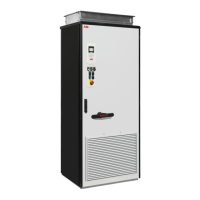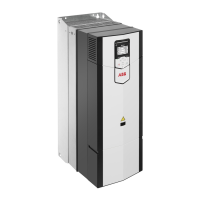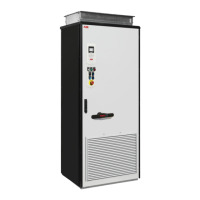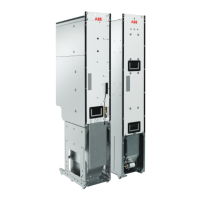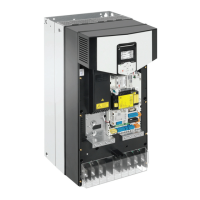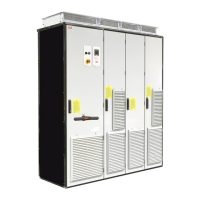Terms and abbreviations
DescriptionTerm
Classification of the safety-related parts of a control system in respect of their resistance
to faults and their subsequent behavior in the fault condition, and which is achieved
by the structural arrangement of the parts, fault detection and/or by their reliability.
The categories are: B, 1, 2, 3 and 4. (EN ISO 13849-1)
Cat.
Common cause failure (%) (EN ISO 13849-1)CCF
Diagnostic coverage (EN ISO 13849-1)DC
Physical size of the drive or power moduleFrame, frame size
Optional pulse encoder interface module for safety encoderFSE-31
Safety functions module which supports the FSE-31 module and the use of safety
encoders
FSO-21
Hardware fault tolerance (IEC 61508)HFT
Insulated gate bipolar transistorIGBT
Average probability of dangerous failure on demand (IEC 61508)PFD
avg
Average frequency of dangerous failures per hour (IEC 61508)PFH
Performance level. Levels a...e correspond to SIL (EN ISO 13849-1)PL
Programmable logic controllerPLC
Prevention of unexpected start-upPOUS
Worst case elapsed time following an actuation of a safety sensor connected to a
fieldbus before the corresponding safe state of its safety actuator(s) is achieved in
the presence of errors or failures in the safety function channel.
Safety function re-
sponse time
Safe acceleration rangeSAR
Safe brake controlSBC
Systematic capability (IEC 61508)SC
Safety integrity level (1...3) (IEC 61508)SIL
Maximum SIL (level 1...3) that can be claimed for a safety function or subsystem
(IEC/EN 62061)
SILCL
Safely-limited speedSLS
The speed limit at which SLS monitoring is started, located in the middle of SLS trip
limit and SLS limit.
SLS monitoring limit
Safe maximum speedSMS
Safe stop 1 (IEC/EN 61800-5-2)SS1
Safe stop emergencySSE
Safe speed monitor without encoderSSM
Safe torque off (IEC/EN 61800-5-2)STO
Proof test interval. Defines the probabilistic failure rate (PFH or PFD
avg
) for the safety
function or subsystem. Performing a proof test at a maximum interval of T
1
is required
to keep the SIL capability valid. The same interval must be followed to keep the PL
capability (EN ISO 13849) valid. Note that any T
1
values given cannot be regarded
as a guarantee or warranty.
T
1
Test pulseTP
For safety functions, the zero speed limit indicates the completion of the safe stopping
function.
Zero speed
14 Introduction to the manual
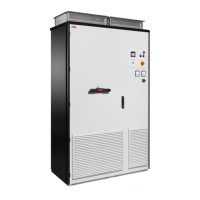
